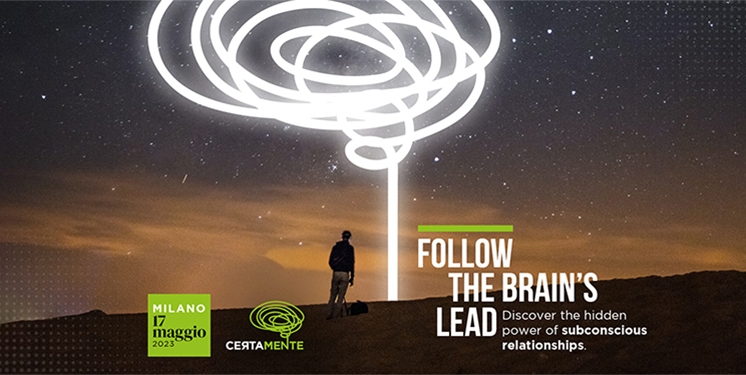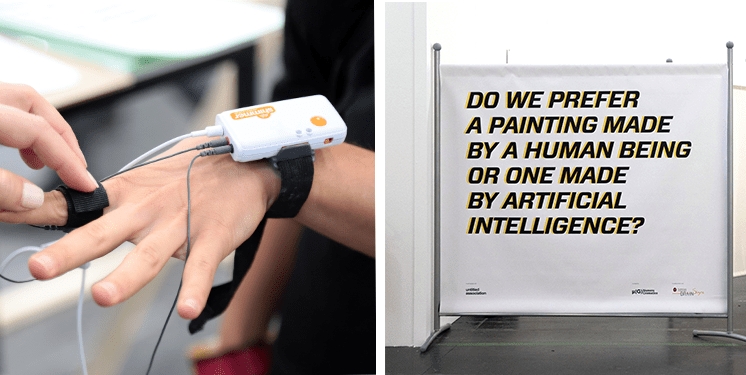BrainSigns has been involved in the first Virgin Galactic’s experimental suborbital flight
- Published in Blog
- Be the first to comment!
On June 29th, 2023, the first suborbital human flight of the Italian Air Force took off from Las Cruces (New Mexico, USA) on Virgin Galactic's Spaceship-2 spacecraft. The aim of the flight was to investigate the impact of microgravity on the human body and cognition, and testing new technologies for space missions.
The passengers were two Air Force officers and a CNR engineer, the first-ever flight of this kind.
The scientist from the Department of Molecular Medicine of the Sapienza University of Rome and from BrainSigns, prof. Gianluca Borghini, took part in the mission as head of the study on the impact of microgravity on cognitive functions. In particular, neurophysiological signals, like brain and heart activity and skin conductance, were acquired during the flight together with the performance while dealing with specific experimental tasks.
In this context, BrainSigns provided the technology for recording these signals and the software for their analysis derived from industrial experiences in the aviation context.
Before, during and after the flight, lasted about seventy-five-minute, the crew conducted 13 experiments, proposed by the Department of Aerospace Medicine of the Italian Air Force, IMAS Milan, CNR, University of Milan, IRCCS Policlinico Foundation of Milan, Sapienza University of Rome, Polytechnic University of the Marche, ASST Santi Paolo e Carlo of Milan and Andremacon Biotech of Italy.
This aspect allowed for carrying out multidisciplinary tests that would otherwise be difficult to perform. The results will provide useful data for scientific research applicable to several fields, not only technological but also human health.
For more information visit the Virgin Galactic website from this link, and watch the official video of the flight here.











